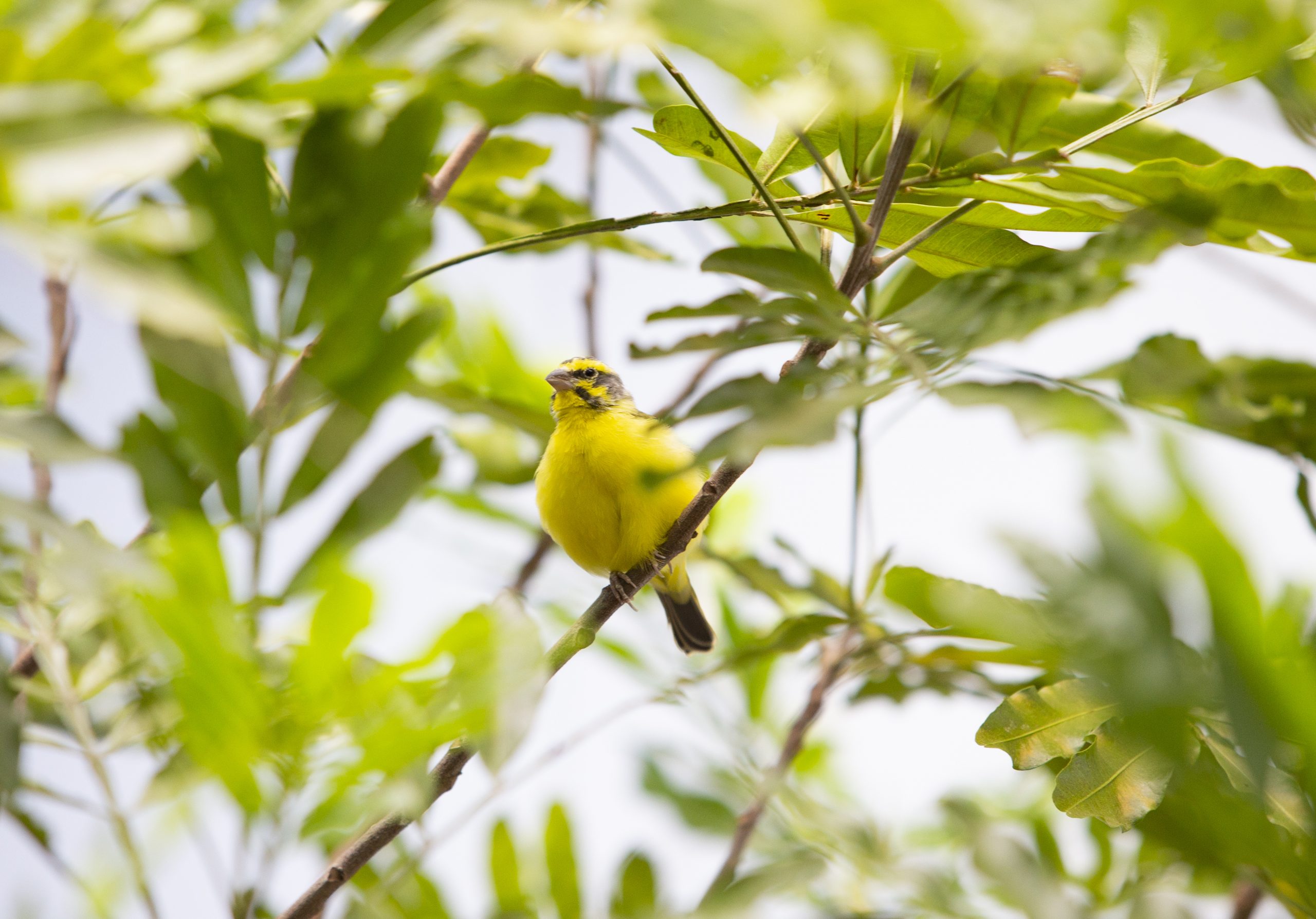
The Green Singing Finch is native to the diverse landscapes of Africa (south of the Sahara Desert). These birds thrive in various habitats, from lowland open woodlands to savannas, gardens, and farmyards – showcasing their adaptability in wild and human-altered environments. Their diet is just as varied, primarily consisting of seeds, buds, flowers, and leaves….
Read More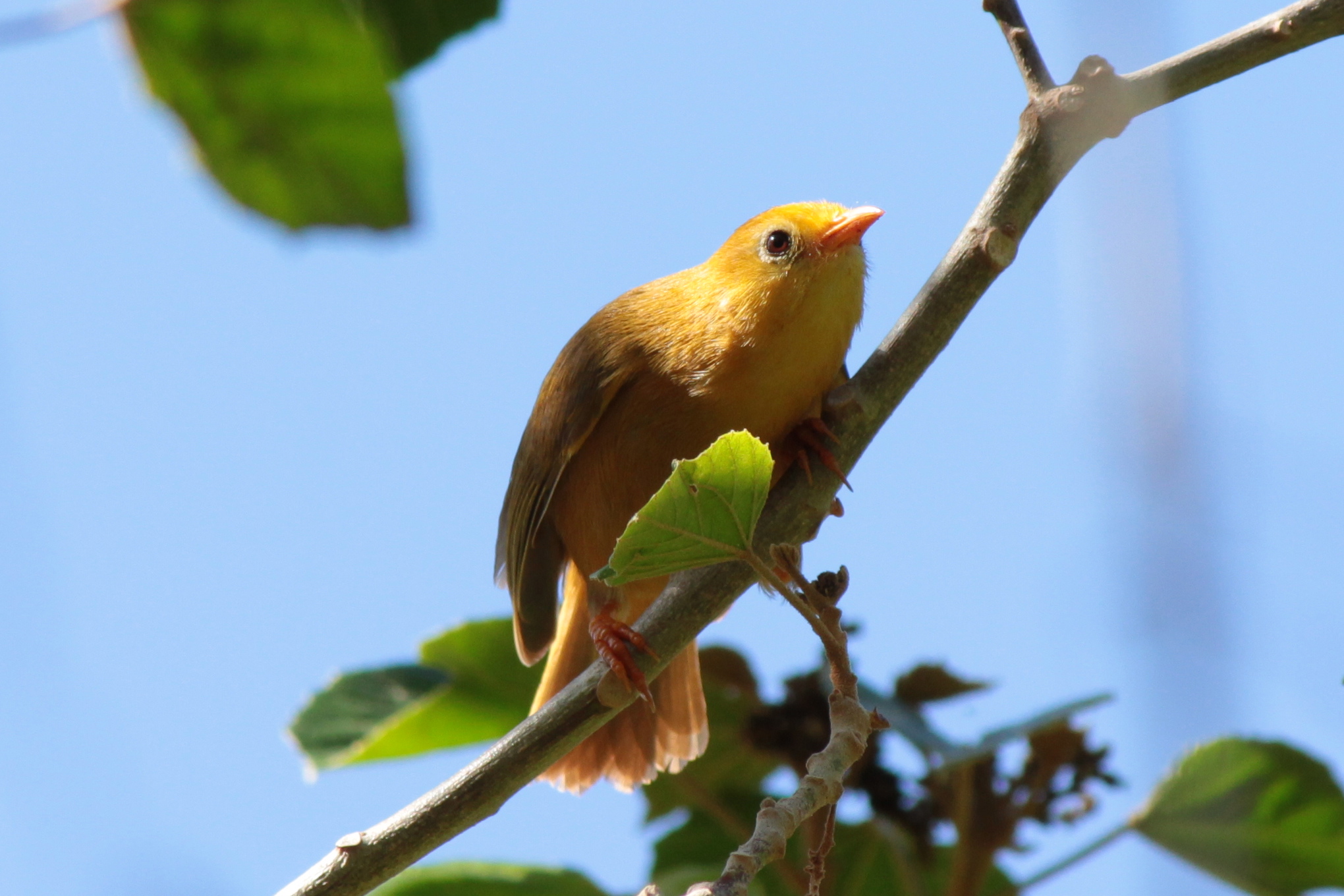
A small, understory specialist, the Golden White-eye is an Endangered bird restricted to the islands of Saipan and Aguijan in the Northern Mariana Islands. This species occurs in a wide variety of wooded and semi-wooded habitats, including suburban areas where it pursues a generalized diet of berries, seeds, nectar, and flower parts, as well as…
Read More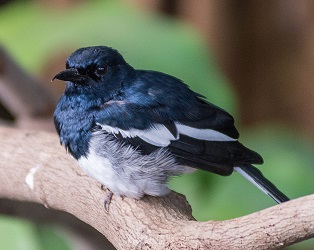
The Dhyal Thrush, also called the Oriental Magpie-Robin, is a small songbird found throughout India and southeast Asia. It is the national bird of Bangladesh. The Dhyal Thrush can be found in a variety of habitats including deciduous forest, orchards, cacao plantations, and even in residential village gardens. It has a clear warbling song that…
Read More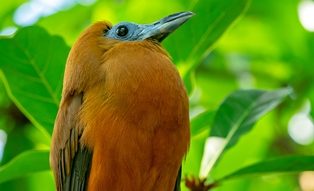
The Capuchinbird is an unusual-looking, brown-to-orange bird of the canopy of tropical lowland evergreen forests of northeastern South America. This species primarily consumes a wide variety of fruits, but also many different larger invertebrates. The Capuchinbird gathers in leks during the mating season where males compete for the attention of the female in a communal…
Read More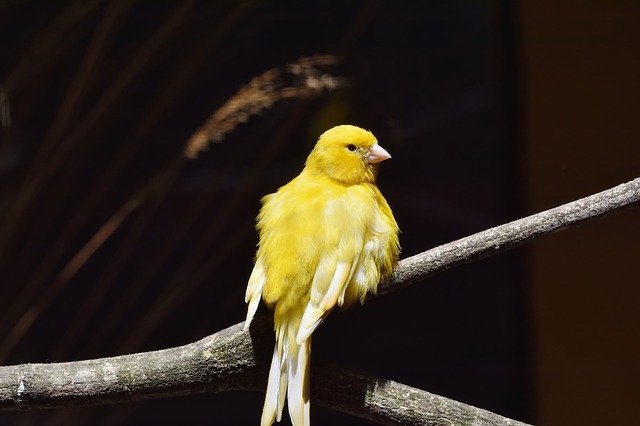
When most of us think of the canary, we think of a cheerful, bright yellow bird in a decorative cage. In reality, this common canary (Serinus canaria domestica) is the domesticated cousin of the “true” Island Canary (Serinus canaria), native to the Canary Islands just off the northwest coast of Africa. Spanish sailors first brought…
Read More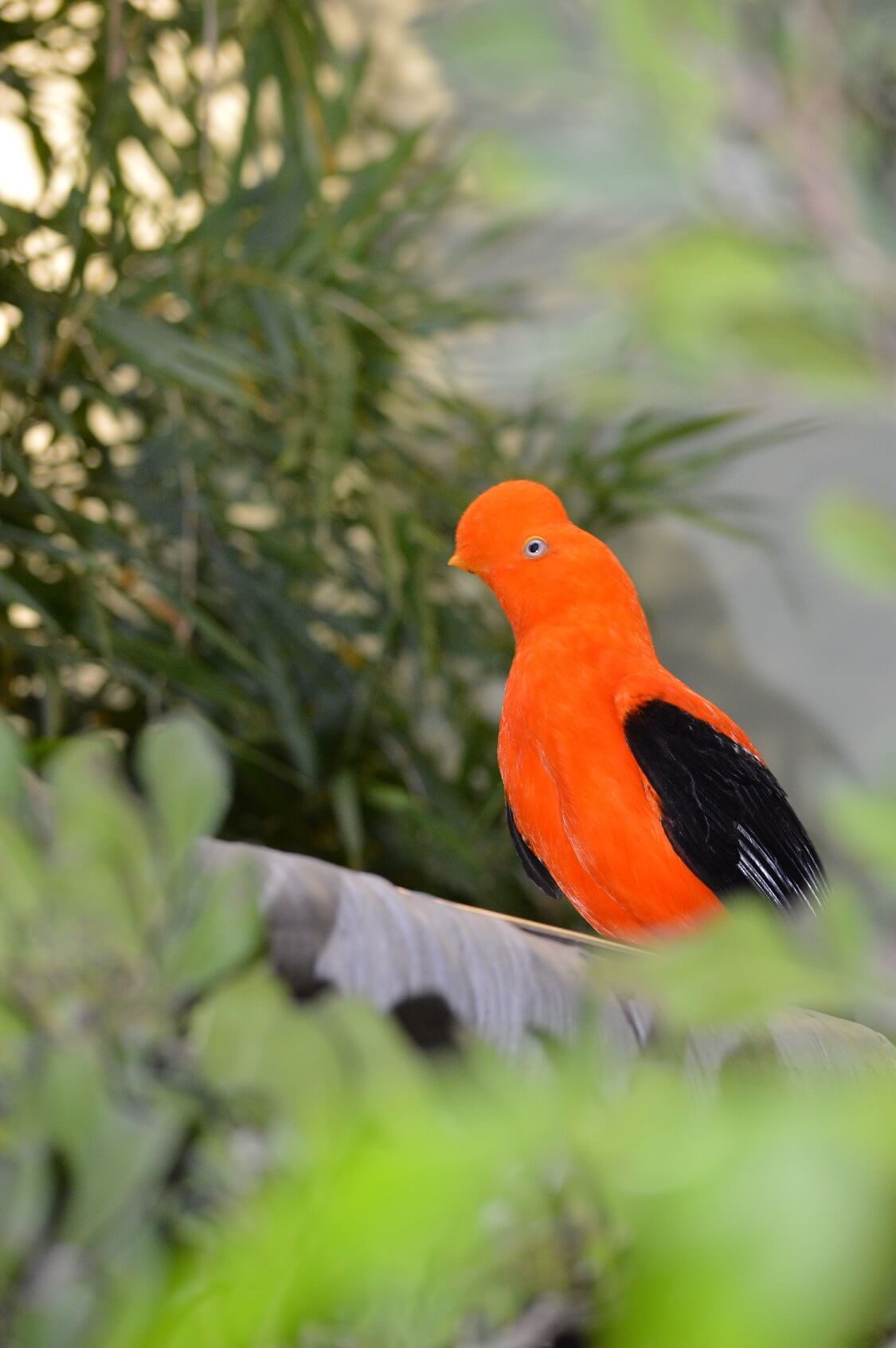
This spectacular bird, with its bright orange fan-shaped crest, is a resident of montane cloud forests, especially in ravines and along streams, in the Andes Mountains from Venezuela to Bolivia. The Andean Cock-of-the-rock feeds on fruits, large insects, and small vertebrates, and builds a nest mainly of mud lined with coarse vegetable fibers and attached…
Read More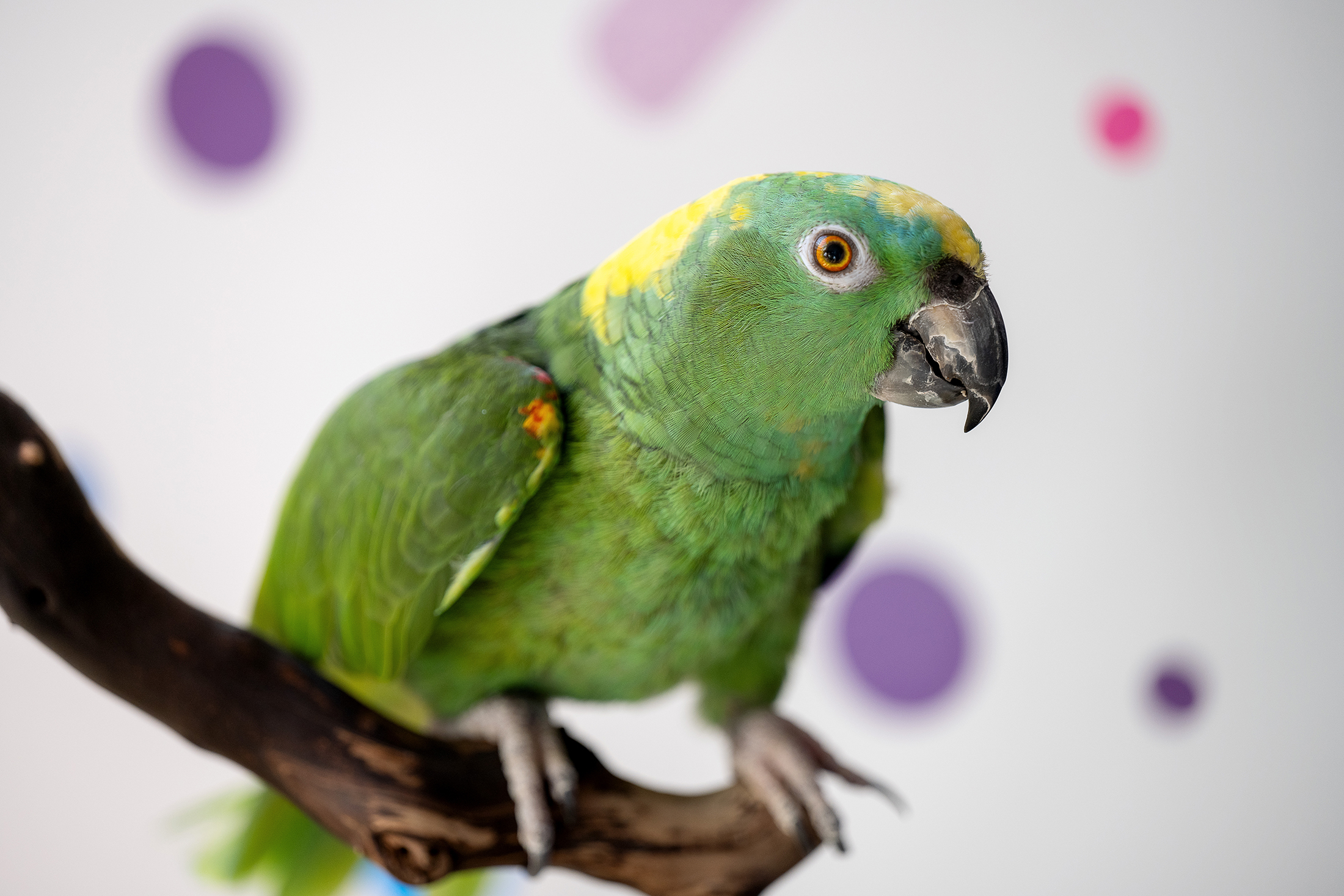
The Yellow-naped Amazon is an Endangered species of the Pacific coast of Mexico and Central America. It inhabits semi-arid woodland, arid scrubland and pine savannas, and treefall gaps in tropical deciduous and swamp forests. Often found in large and noisy flocks, they feed on a variety of seeds and fruits. They nest in hollows of…
Read More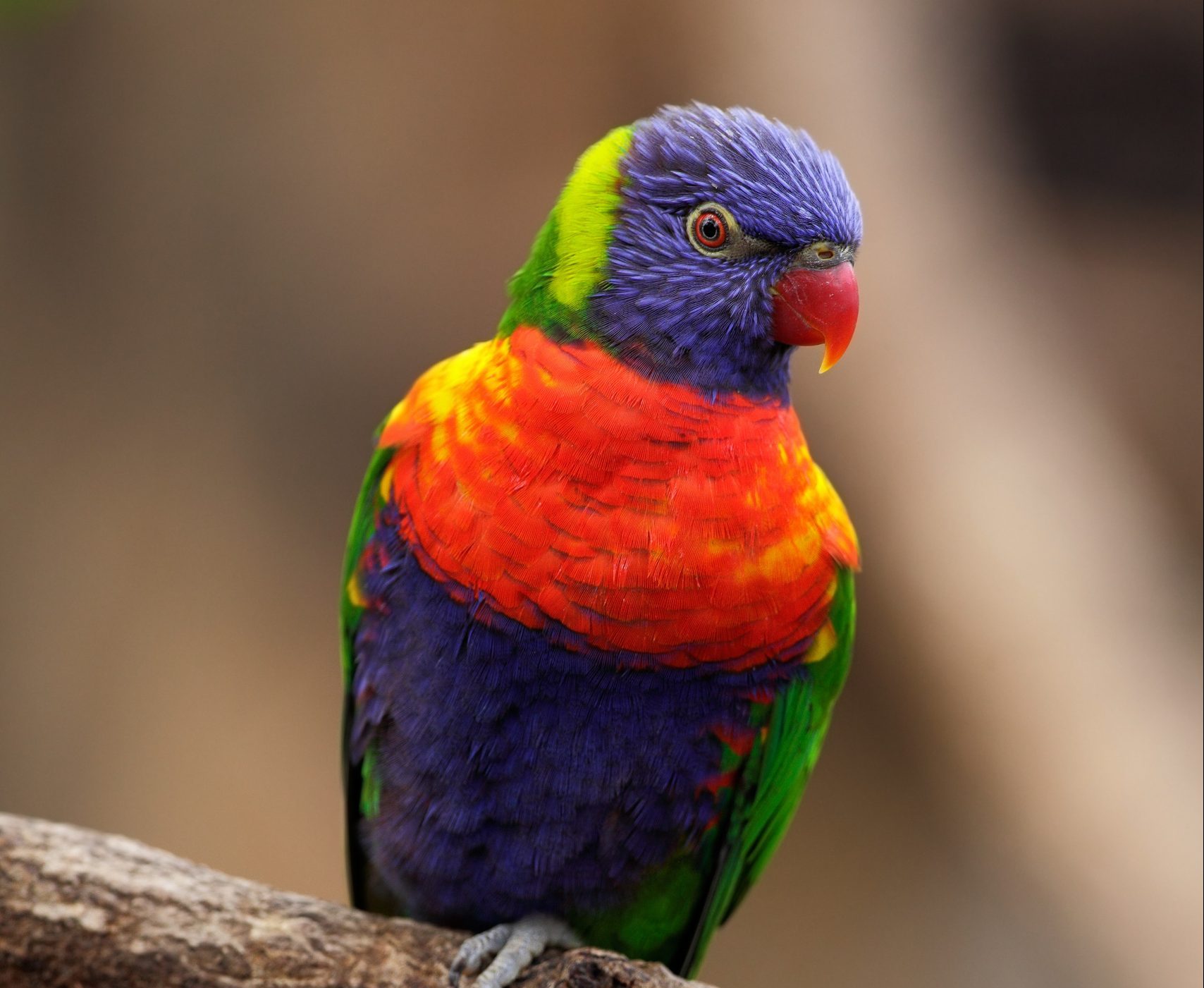
Rainbow Lorikeets couldn’t have a more appropriate name. These small, active parrots are among the most brightly colored in the bird world – as though someone used a whole box of crayons while designing them! Lorikeets are native to Australia and eastern Indonesia, where they live in large, noisy flocks. Nectar from blooming trees such…
Read More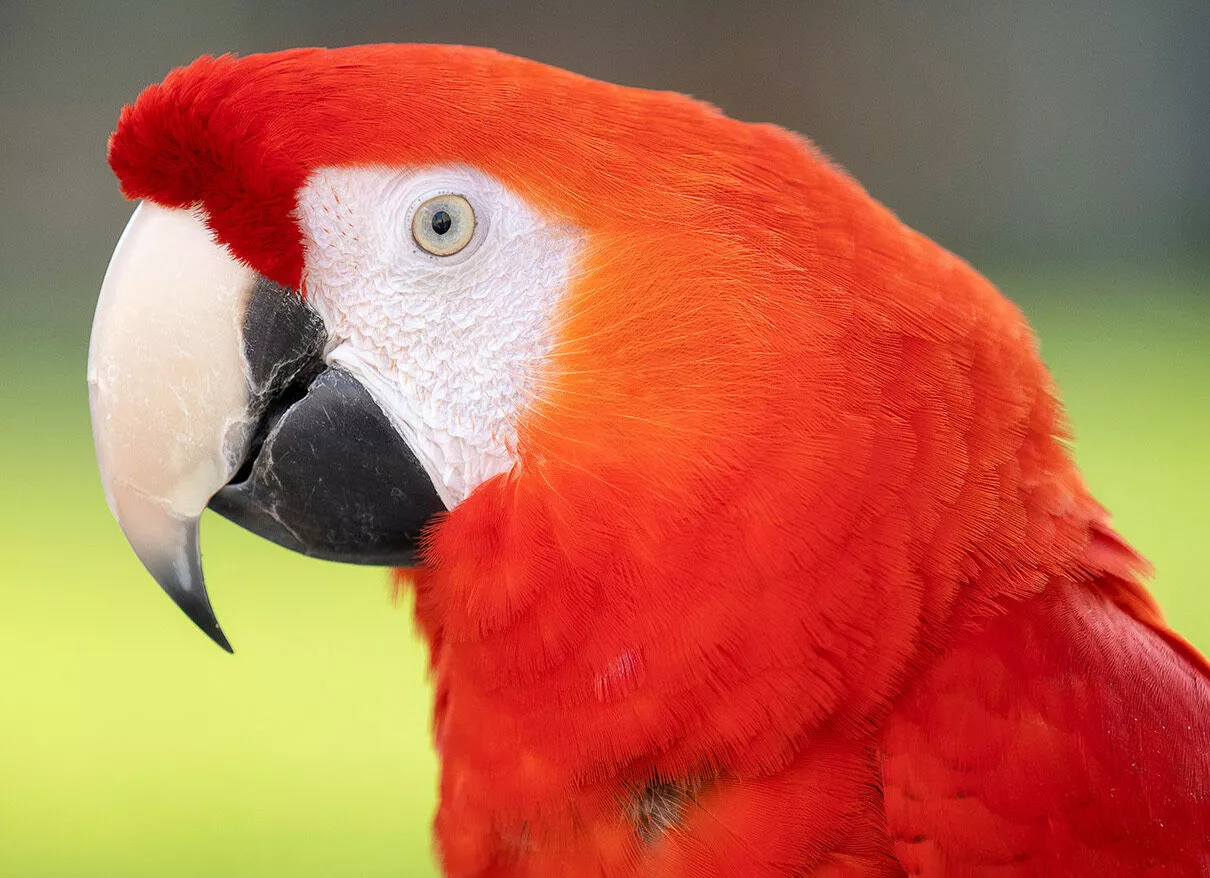
Scarlet Macaws are a striking bird, known for their deep red coloring and white faces. In their tropical evergreen habitats, they can often be seen flying in pairs or in family groups. Their calls can be loud and harsh, and Scarlet Macaws in human care can sometimes mimic human speech. They have powerful beaks and…
Read More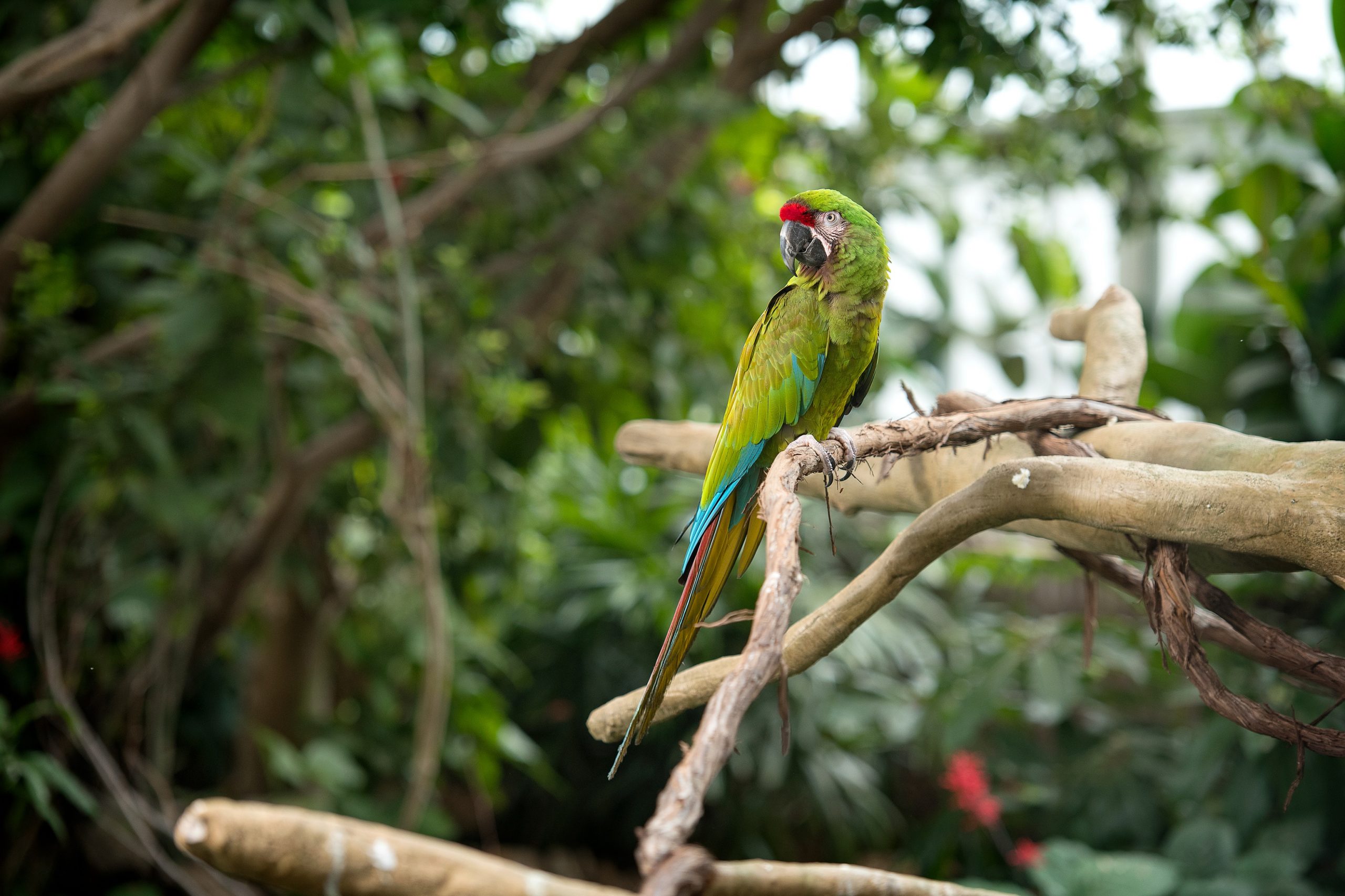
The Military Macaw, a parrot species with a fragmented range running from Mexico to northwest Argentina, is a playful and inquisitive bird. Each Military Macaw has a unique pattern of feathers on its face, similar to a human fingerprint. They also have incredible vision and are able to see colors on the ultraviolet spectrum that…
Read More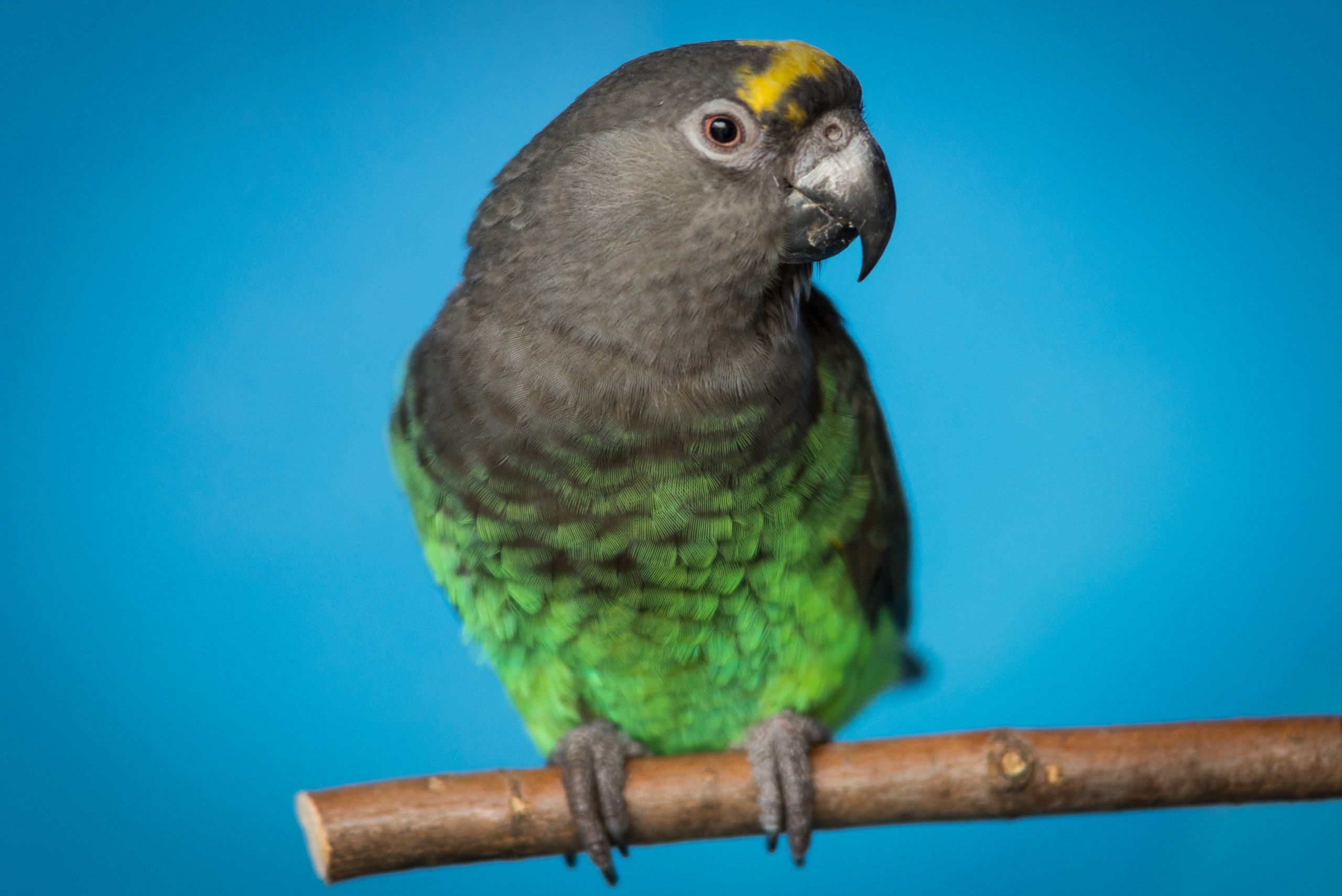
The Meyer’s Parrot (also called the Brown Parrot), is a species native to tropical Africa, found throughout scrub, savanna, palm grove, and subtropical woodland habitats. This species relies on old-growth areas with large trees, because it nests in the excavated cavities left by woodpeckers. While the Meyer’s Parrot is similar to other parrots in its…
Read More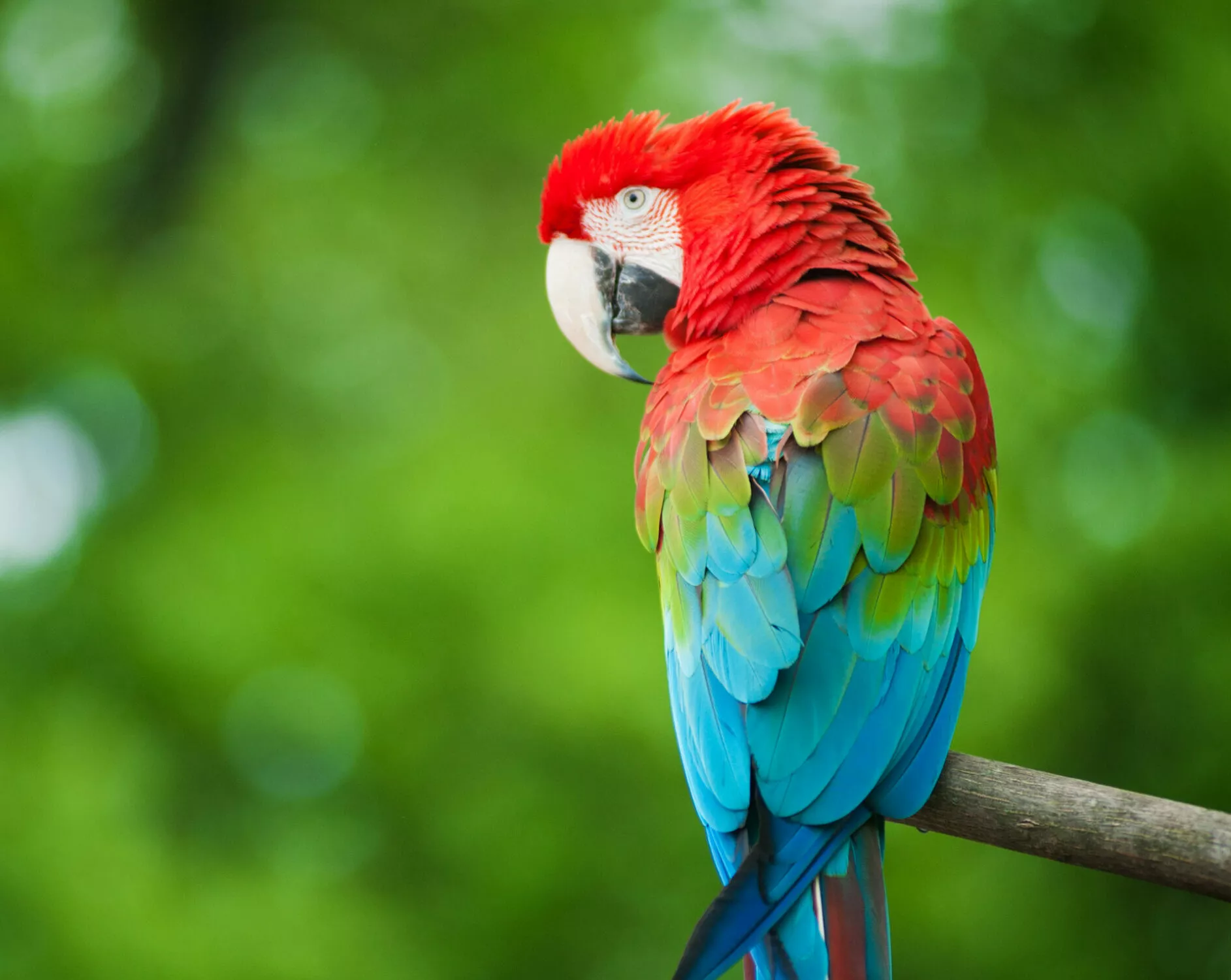
The Green-winged Macaw (also called the Red-and-green Macaw) is a large parrot, second only to the Hyacinth Macaw in size. This species range is also large, spanning eastern Panama to Paraguay. The Green-winged Macaw’s band of green feathers on its wings and the presence of fine, tiny red feathers on its white face distinguish it…
Read More
 Previous Posts
Previous Posts